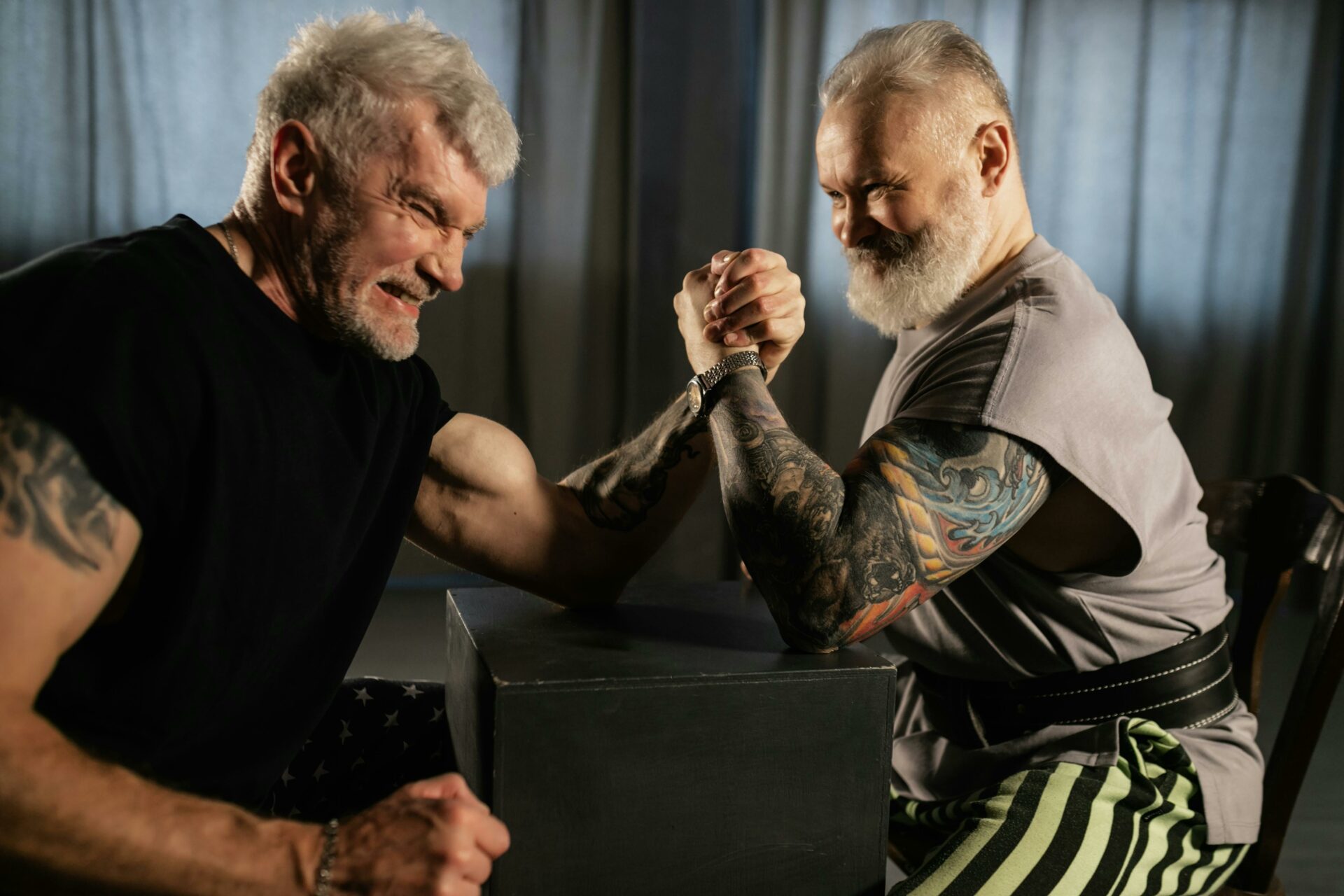One of the most surprising things I’ve learned on my journey toward better health in my 50s is just how important strength training is—not just for looking fit, but for staying mobile, independent, and healthy. After 50, our bodies naturally begin to lose muscle mass in a process called sarcopenia. But here’s the good news: this isn’t an unstoppable decline. In fact, you can slow it down—or even reverse it—with one key habit: strength training.
You don’t need to lift massive weights or join a gym filled with 20-somethings. Even light resistance exercises at home can make a huge difference in maintaining muscle, balance, energy, and overall well-being.
Let’s dive into why strength training matters so much after 50, and how you can get started safely and confidently.
🧬 What Is Sarcopenia?
Sarcopenia is the gradual loss of muscle mass and strength that begins as early as our 30s but accelerates after age 50. Left unchecked, it can lead to:
- Weaker muscles and joints
- Difficulty with everyday tasks (like climbing stairs or lifting groceries)
- Slower metabolism and weight gain
- Poor balance and increased risk of falls
- Reduced independence over time
The average person loses up to 1% of muscle mass per year after 50—unless you actively do something to prevent it. And that “something” is strength training.
💪 How Strength Training Helps
Strength training isn’t just for bodybuilders—it’s one of the most effective anti-aging tools available. Here’s how it helps:
✅ 1. Preserves and Rebuilds Muscle Mass
By challenging your muscles with resistance, you signal your body to maintain or grow new muscle tissue—even as you age.
✅ 2. Improves Balance and Reduces Fall Risk
Stronger muscles mean better control over your body. Strength training improves core and leg stability, which is crucial for preventing falls and injuries.
✅ 3. Boosts Metabolism and Aids Weight Management
Muscle burns more calories than fat, even at rest. The more muscle you have, the more efficiently your body burns energy.
✅ 4. Supports Joint Health and Reduces Pain
Strength training strengthens the muscles around your joints, which can reduce pressure on knees, hips, and shoulders and ease pain from arthritis or old injuries.
✅ 5. Improves Confidence and Mood
Exercise—especially strength training—releases endorphins, reduces stress, and builds a sense of achievement. It can do wonders for your mental well-being.
🏠 Getting Started: Strength Training Over 50 Doesn’t Have to Be Complicated
If you’re new to strength training, start gently and gradually. It’s more important to be consistent than intense.
🛠 Equipment (Optional but Helpful):
- Resistance bands
- Dumbbells or kettlebells
- Body weight (yes, your own body is a great tool!)
- Water bottles or canned goods as weights
- A sturdy chair or wall for balance
🏋️♀️ 5 Simple Strength Exercises You Can Do at Home
- Wall Push-Ups
Great for upper body strength without stressing joints.
➡️ Stand facing a wall, hands at shoulder height. Push away and return. - Chair Squats
Works your thighs and glutes.
➡️ Stand in front of a chair, lower yourself slowly until you touch the seat, then stand back up. - Resistance Band Rows
Strengthens your back and arms.
➡️ Loop a band around a doorknob or post, hold the ends, and pull toward you. - Calf Raises
Good for balance and leg strength.
➡️ Stand tall and rise onto your toes, then lower slowly. - Dead Bugs or Leg Raises (for core)
➡️ Lie on your back, raise your arms and legs, and lower opposite limbs slowly without arching your back.
💡 Tip: Start with 1–2 sets of 10–12 reps per exercise, 2–3 times per week. Gradually add more sets or resistance as you grow stronger.
🔄 How to Stay Consistent
- Schedule your workouts like appointments
- Pair them with music, TV, or a podcast
- Track your progress in a journal
- Get a workout buddy (even virtually!)
- Celebrate small wins—like lifting a heavier weight or completing more reps
⚠️ A Quick Word About Safety
Always check with your healthcare provider before starting a new exercise routine, especially if you have medical conditions or haven’t exercised in a while.
Listen to your body—some soreness is normal, but sharp pain is a red flag. Focus on good form over heavy weights, and don’t rush the process.
🌟 Final Thoughts: Strength = Independence
After 50, strength training isn’t about building big muscles—it’s about building resilience, confidence, and freedom. The ability to move well, carry your own groceries, get up from the floor, and enjoy life without limitation is something we can protect and improve at any age.
Start small, stay consistent, and watch your strength—and your confidence—grow.
Photo by Alena Darmel: https://www.pexels.com/photo/elderly-men-doing-an-arm-wrestling-match-7322488/


